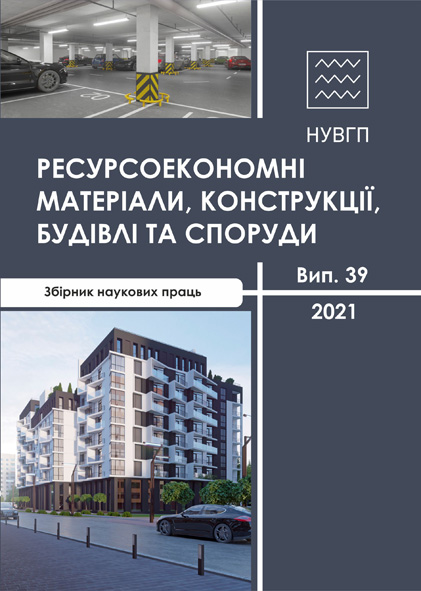CLASSICAL MODEL OF ACTUAL WORK OF SOLID TIMBER FOR COMPRESSION ALONG FIBERS WITH SHORT-TERM LOADING
DOI:
https://doi.org/10.31713/budres.v0i39.017Abstract
A detailed analysis of the literature on the issues under consideration, both in soft and hard mode of testing solid timber for compression along the fibers under short-term load. It is established that the rigid mode of application of loading allows to construct the full diagram of deformation of timber of deciduous and coniferous breeds. The classical model of real work of continuous wood on compression along fibers at short-term loading is offered. There are four characteristic areas of timber (two on the ascending branch and two on the descending one). The diagram of timber deformation under the action of longitudinal compression can be divided into four characteristic sections: two subcritical and two supercritical. The first section is subcritical - the initial stage of the sample is characterized by a significant distortion of the diagram, which is affected by the deformation of the end compression of the sample and is in the range η = 0 to η = 0.15 – η = 0.25 from the maximum stress. The second section is also subcritical from the completion of the first section to the onset of critical relative deformations. On the descending branch there are two different areas. The third section is the beginning of the descending branch, which is characterized by a rapid decrease in the strength of timber, and to the extreme relative deformations of timber. The fourth section from the ultimate relative deformations of timber to the complete destruction of the material. The theoretical definition of the main strength and deformable parameters of the complete diagram of timber deformation is offered.

